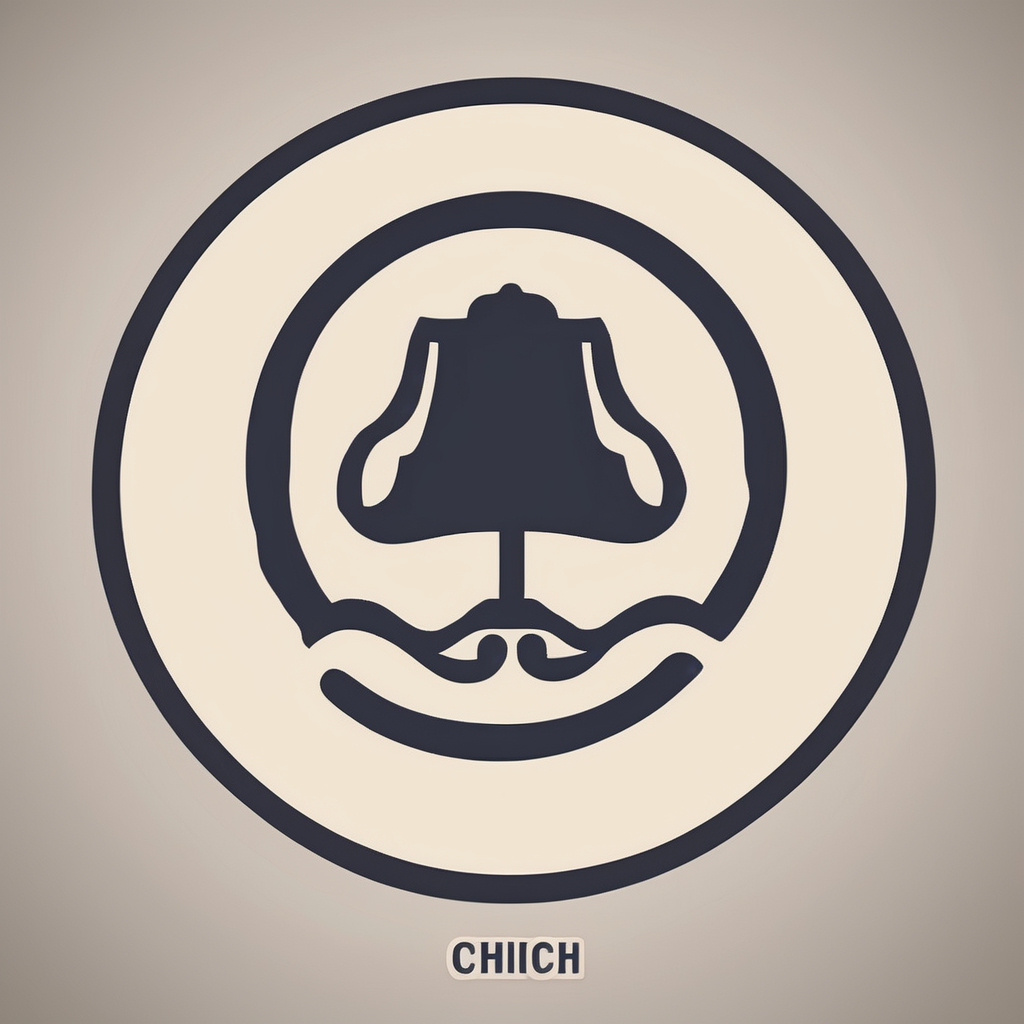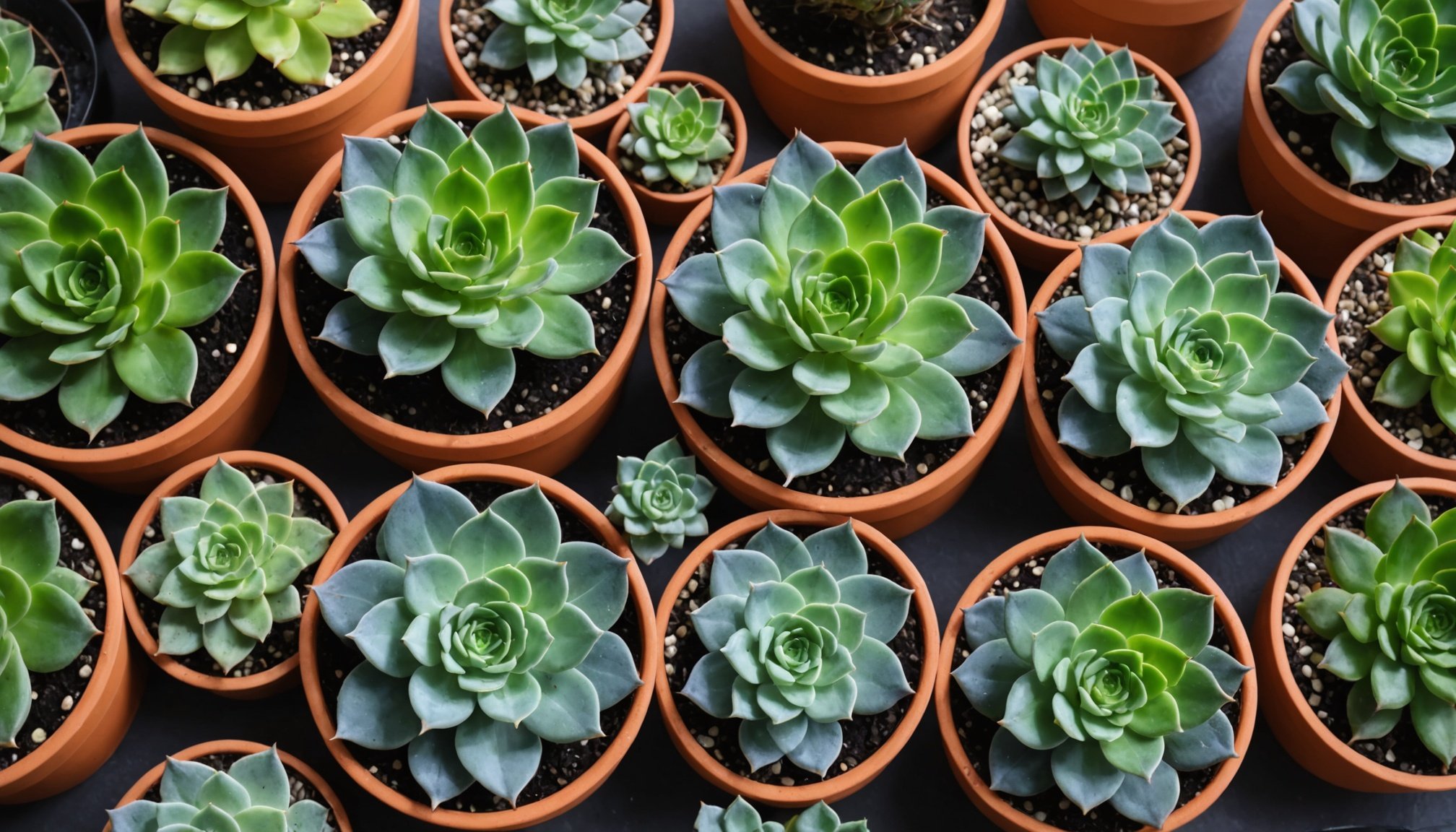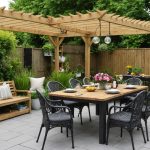Incorporating succulents into your apartment decor can transform your space, especially with low-light options perfect for the UK's often dim indoor conditions. These resilient plants not only bring vibrancy but also enhance air quality while requiring minimal care. Whether you're new to plant parenting or an experienced gardener, the following succulent varieties are ideal for basking in lower light. Discover how to elevate your home with these stunning greenery choices!
Best Low-Light Succulents for UK Apartments
Indoor plants can transform a space, and low-light succulents are perfect for UK apartments with limited sunlight. These resilient plants thrive in less-than-ideal lighting, making them an ideal choice for urban dwellers.
A lire aussi : Transforming Tiny Areas: Crafting a Mindful Meditation Sanctuary in Your UK Home
Aloe Vera is a popular choice, known for its thick, fleshy leaves that store water efficiently. It's not only easy to care for but also offers medicinal benefits. Another favourite is the Snake Plant, or Sansevieria, which is almost indestructible and can survive in low-light conditions with minimal water.
Zebra Haworthia is another excellent option, with its striking white-striped leaves. This compact succulent is perfect for small spaces and requires little maintenance. The Jade Plant, or Crassula Ovata, is also well-suited for UK apartments, thriving in low-light environments and requiring infrequent watering.
A voir aussi : Transform Your UK Tudor Revival Bedroom with Authentic Period Textiles: A Complete Guide
These succulents are particularly suited to the UK climate due to their ability to withstand cooler temperatures and lower light levels. When selecting indoor plants, consider their adaptability to your apartment's conditions and the ease of care they require. With these low-light succulents, you can enjoy the benefits of greenery without the hassle of demanding upkeep.
Care Instructions for Low-Light Succulents
Caring for low-light succulents in UK apartments involves understanding their specific needs. These hardy plants are perfect for those who may not have the brightest spaces.
Watering Guidelines
Succulent care begins with proper watering. Unlike typical houseplants, succulents require less frequent watering. Overwatering is a common mistake, leading to root rot. Water your succulents only when the soil is completely dry. This could mean watering every two to three weeks, depending on your apartment's humidity and temperature.
Ideal Light Conditions
Though termed "low-light," these succulents still require some light. Place them near a north or east-facing window where they can receive indirect sunlight. Avoid direct sun exposure, which can scorch their leaves. If natural light is insufficient, consider using a grow light to supplement their needs.
Common Pests and Diseases
While succulents are generally resilient, they can fall victim to pests like mealybugs or aphids. Regularly inspect your plants for any signs of infestation. If you notice any, treat them with insecticidal soap or neem oil. Additionally, watch for signs of fungal diseases, often caused by overwatering, and adjust care practices accordingly.
Aesthetic Appeal of Succulents in Apartment Decor
Succulents offer a unique charm to any home decor, enhancing the visual impact of apartment interiors. Their diverse shapes and vibrant hues can transform a mundane space into a lively environment. Integrating succulents into your interior design is a creative way to add a touch of nature without overwhelming your living area.
Consider placing succulents on windowsills or shelves to create a refreshing focal point. Their compact size makes them ideal for small spaces, allowing you to experiment with various arrangements. Hanging planters can add vertical interest, drawing the eye upwards and making your apartment feel more spacious.
The color and texture of succulents play a significant role in their aesthetic appeal. With options ranging from the deep greens of Aloe Vera to the striking patterns of Zebra Haworthia, succulents can complement any design palette. Mixing different types can add depth and variety, enhancing the overall visual impact.
Incorporating succulents into your interior design not only improves the atmosphere but also offers a low-maintenance way to enjoy greenery. Their adaptability and resilience make them a practical yet stylish choice for any apartment dweller seeking to elevate their home decor.
Geographical Considerations for Succulent Care in the UK
Understanding the UK climate is crucial for successful indoor gardening with succulents. The UK is known for its cooler temperatures and frequent overcast skies, which can impact succulent growth. These conditions necessitate careful placement and care to ensure healthy plants.
Seasonal Care Tips
Seasonal changes in the UK require adjustments in succulent care. During the winter months, when sunlight is scarce, it's important to position succulents near windows that receive the most light. Consider using grow lights to supplement natural light. In the summer, ensure they are not exposed to direct sunlight, which can cause leaf burn.
Indoor vs Outdoor Placements
Geographical factors influence whether succulents should be grown indoors or outdoors. In the UK, indoor placements are generally preferred due to the unpredictable climate. However, during mild summers, some succulents can thrive outdoors. Always ensure they are sheltered from excessive rain and cold.
Key Points:
- Monitor seasonal changes and adjust care accordingly.
- Use grow lights to compensate for limited natural light.
- Prefer indoor placements to protect against harsh weather.
These considerations will help you maintain vibrant and healthy succulents throughout the year.
Potting and Placement Tips for Succulents
When it comes to potting succulents, choosing the right materials and techniques is crucial for their health. Succulents thrive in well-draining soil, so opt for a cactus mix or create your own blend with sand, perlite, and potting soil. Ensure your container has drainage holes to prevent waterlogging, which can lead to root rot.
Plant placement plays a significant role in the growth of succulents. Position them in areas where they can receive indirect sunlight, such as near a north or east-facing window. This ensures they get enough light without the risk of scorching. If natural light is limited, consider supplementing with a grow light to mimic their ideal conditions.
Incorporating succulents into container gardening can enhance your apartment's aesthetic appeal. Choose decorative pots that complement low-light settings and your interior decor. Ceramic or terracotta pots are popular choices, providing both function and style. For a creative touch, consider using unconventional containers like teacups or glass terrariums, which can add an artistic flair to your space.
Remember, the right potting and placement can make all the difference in maintaining vibrant and healthy succulents.
Resources for Purchasing Succulents
Finding the right place to buy succulents is essential for ensuring you get healthy, thriving plants. Both online plant shops and local nurseries offer a variety of options for UK apartment dwellers.
Recommended Online Stores
Several reputable online plant shops specialise in succulents. Websites like Patch Plants and The Little Botanical provide a wide selection of low-light succulents, perfect for UK climates. They offer detailed care instructions and often have customer reviews to help guide your purchase. Look for shops that guarantee plant health upon arrival, ensuring you receive robust specimens.
Local Nurseries and Plant Shops
Visiting local nurseries can be a rewarding experience. Not only do you get to see the succulents firsthand, but you can also ask staff for advice on care and selection. Nurseries like Clifton Nurseries in London or Bents Garden & Home in Cheshire are known for their quality plants and knowledgeable staff. Supporting local businesses also benefits the community and reduces carbon footprint.
Tips for Selecting Healthy Plants
When purchasing, whether online or in person, choose succulents with firm, unblemished leaves and avoid those with signs of wilting or pests. Ensure the plant's soil is not overly wet, as this can indicate overwatering.
Additional Resources for Succulent Care
For those eager to delve deeper into succulent care, a wealth of gardening blogs and succulent care guides are available online. These resources offer expert insights and practical care tips to enhance your gardening experience.
Recommended Websites and Blogs
Explore reputable websites like Succulent Alley and Drought Smart Plants. These platforms provide comprehensive guides on succulent maintenance, addressing common issues and offering solutions. Blogs such as Joy Us Garden regularly share tips on propagation and pest management, catering to both beginners and seasoned gardeners.
Books and Publications
For a more in-depth understanding, consider books like "Succulents Simplified" by Debra Lee Baldwin. This publication is a treasure trove of information on various succulent species and their unique care requirements. "The New Plant Parent" by Darryl Cheng also offers insightful advice on nurturing houseplants, including succulents, in diverse environments.
Online Communities and Forums
Joining online forums like Reddit’s r/succulents or the Succulent Plant Lounge on Facebook can be invaluable. These communities allow enthusiasts to exchange experiences, seek advice, and share successes. Engaging with fellow succulent lovers can provide motivation and innovative ideas for your indoor garden.











